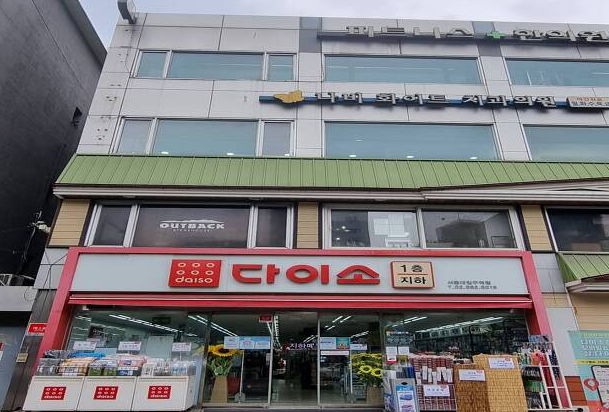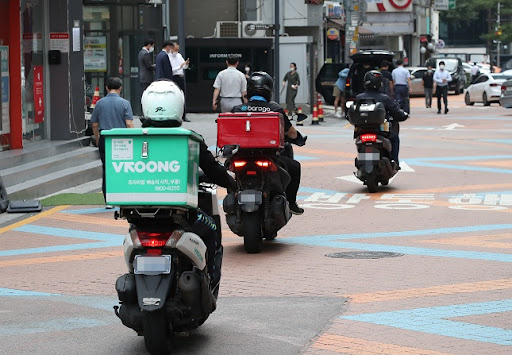
What you need to know about 음식
By:
Published:
Countries
Demographics
Majors
Regions
Now, as I have been in Korea for about three months at this point, I have come to understand more about South Korea’s more standard operations. With a large emphasis on how food shopping, delivery, and ordering works. South Korea’s food culture is a highly prevalent and natural aspect of day-to-day life.
When I first arrived in South Korea, I had no idea how or what apps to use to order food while I was in Quarantine. I had booked an Airbnb and had to provide my own food. Thankfully I got help from some other exchange students I met that had arrived earlier than I had. They let me know that there was only a few delivery apps I could rely on, which would accept foreign payment. The more popular apps like Coupang Eats and Baemin, known for fast and easy delivery service, were unavailable to me without an Alien Registration Card and Korean debit card. I was told to rely on an app called Shuttle which thankfully worked in the area I quarantined. After leaving quarantine and moving to my School accommodation, I found out that the app only works in certain areas and my new residence was not one of them. I was also informed of another app/site I can rely on once that was discovered. It is called Yogiyo and similar to some pizza delivery services in America, you can use the option to pay with cash or card in person upon arrival. Unlike Shuttle which has an English function, Yogiyo is in full Korean and I would use a translator app on my laptop to browse, but aside from that, the service is very easy to use.
One major difference I have noted about food delivery is that Koreans use motorcycles instead of cars to get your delivery to you quickly and on time. Knowing this, it is not uncommon to have many instances where a motorcycle is winding through small streets and major traffic, at any moment possibly startling you to get out of its path. Here drivers come first, not pedestrians. There have been many instances where I have been startled and moved out of the way last minute because I was unknowingly blocking the path of an oncoming motorcyclist. Sometimes they sneak up on you.
Aside from food delivery, ordering food in restaurants was another hurdle I had to overcome. As I was not used to it nor majorly educated on the subject in my previous three years of Korean study. At first, there was a loss of pointing and gesturing and the use of a translator app. Now I can confidently order with much less gesturing and only use the translator app when I want to omit a food ingredient. Food shopping, on the other hand, turned out to be a different type of hurdle. It became a matter of what foods are you willing to sacrifice because the cost is astronomically more or less than what you expect. Imported fruits and vegetables are quite often very expensive. I’m saying a single red apple could cost the equivalent of $2.50, Pomegranates at the moment are $5.50-$6 each. And so on and so forth. Although on the other hand snack foods, treats, dairy products, stationery, office supplies, delivery fees, and more are very cheap. Most deliveries for food or items range from $1-$5 and thankfully there is this Japanese Dollar Esque store called Daiso. This is where you can buy many items for a cheap price, some of which can be related to the kitchen, school, bedroom, children, pet, or office.

